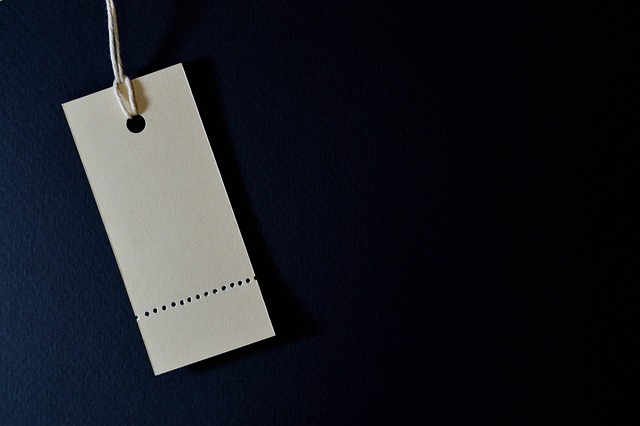
Image via Miguel Á. Padriñán from Pixabay.
Some interesting reading on the relationship between: the price our customers pay, their mindfulness of the price they paid, the frequency of their use of our service, and how likely they are to re-purchase our service.
From Pricing and the Psychology of Consumption (Gourville & Soman, 2002):
- When people are aware of the cost of a product, when they feel “out of pocket” (sunk-cost effect), they are more likely to use it.
- When people use a product, they are more likely to buy it again.
- Instead of hiding prices, draw consumers’ attention to it. Those paying a regular fee are more likely to use a product and repurchase it than those paying an annual (or otherwise hidden) price.
- The price of a product influences the perception of its cost. Consumers are more likely to use a product if they are conscious of the cost. Theatre-goers paying with credit cards are ten times more likely to not show than those who paid with cash. Consumers need to link what they paid to the benefits they received.
- Consumption of a product is the highest closest to the payment date.
From I used to give away my $2,000 product for free — and it made me realize I was overlooking a crucial part of how people view money (Sethi, 2017):
- “People value what they pay for.” Giving away courses free to friends and family meant they do not turn up!
- Customers who have bought a product are more likely to open newsletters from the manufacturer.
From 5 Psychological Studies on Pricing That You Absolutely MUST Read (Patel, 2012):
- Selling time may be relevant to counselling as “a person’s experience with a product tends to foster feelings of personal connection with it, referring to time typically leads to more favorable attitudes—and to more purchases.”
- Create a price point to turn customers from “bargain hunters” to “value seekers.” Bargain hunters are attracted to the lowest price, but may not be ready to buy a higher value offer. Unless there is a transitional offer that triggers them to consider the better value more expensive flight. (Web subscription $59, Print subscription $125, Web+Print subscription $125; the middle offer triggers the customer to buy the last offering.)
- “Charm prices” ending with “9” work. $99 is more attractive than $100. $39 is more attractive than $34. Sale prices ending with “9” work even better.
- Perception context matters. Relative to other prices nearby. Relative to where it is sold. Doubling the price can increase sales.
Gourville, J. T., & Soman, D. (2002). Pricing and the Psychology of Consumption. Harvard Business Review. https://hbr.org/2002/09/pricing-and-the-psychology-of-consumption
Patel, N. (2012, June 26). 5 Psychological Studies on Pricing That You Absolutely MUST Read. NeilPatel.Com. https://neilpatel.com/blog/5-psychological-studies/
Sethi, R. (2017). I used to give away my $2,000 product for free—And it made me realize I was overlooking a crucial part of how people view money. Business Insider. https://www.businessinsider.com/people-dont-value-free-stuff-2017-6